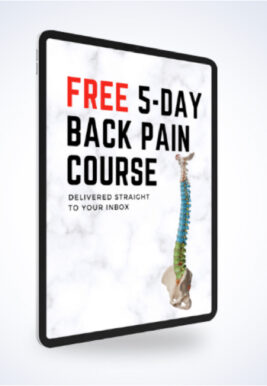Learn
Upper Limb Nerve Sliders & Tensioners | Upper Limb Neurodynamics
Various systematic reviews amongst others from McKeon et al. and Ellis et al. in the year 2008 have been conducted evaluating the effectiveness of neural mobilizations. They show a positive trend in the treatment of carpal tunnel syndrome, as well as significant benefits in various musculoskeletal disorders such as low back pain, cervicobrachial neurogenic pain, and lateral epicondylalgia although the methodological quality of the included trials was low.
Patients with nerve sensitization due to inflammation in the absence of detectable nerve damage have been considered as a distinct category that is highly likely to respond to nerve mobilization treatment.
By using a Theratube we are able to create a great model which can help physio students and patients to remember the course of the different peripheral nerves as well as illustrate what happens during nerve sliders and tensioners. The credit for this idea goes to David Butler.
For the median nerve put the Theratube around your neck and your middle finger and the beautiful thing about this model is that the Theratubehas about the same size as our peripheral nerves. Now let’s go into the position of the upper limb tension test one. In this case, you can clearly see how the median nerve is maximally stretched through the contralateral lateral flexion of my neck and the extension of my elbow and wrist which is essentially a nerve tensioner technique. For a nerve slider, I will move the nerve proximately by flexing my wrist and by simultaneously moving my neck away and then reverse the movement to slide the nerve distally again.
To illustrate a nerve tensioner and slider for the ulnar nerve we can put the Theratube around our pinky and fixate it behind the medial epicondyle. Now for a tensioner, you can see that I would have to bring my hand towards my ear in a pronated position with an extended wrist and move my head away from the hand. For a slider, I will decrease elbow flexion or wrist extension and then subsequently move my head towards my hand and increase the elbow flexion, and order wrist extension to slide the nerve distally.
For the radial nerve, we will have to wrap the tube around our upper arm and put it around our index finger. In this case, you can clearly see how important it is to bring the shoulder and forearm into internal rotation and pronation for maximal tension as in a nerve tensioner to slide the nerve proximally you can extend the wrist and slide it back by flexing the wrist again with simultaneous movement of the head towards the opposite side.
Both sliders and tensioners should be adjusted to elicit a gentle stretching sensation or to evoke mild symptoms in rhythm with each oscillation.
MASSIVELY IMPROVE YOUR KNOWLEDGE ABOUT LOW BACK PAIN FOR FREE

References:
References
Like what you’re learning?
BUY THE FULL PHYSIOTUTORS ASSESSMENT BOOK
- 600+ Pages e-Book
- Interactive Content (Direct Video Demonstration, PubMed articles)
- Statistical Values for all Special Tests from the latest research
- Available in 🇬🇧 🇩🇪 🇫🇷 🇪🇸 🇮🇹 🇵🇹 🇹🇷
- And much more!








